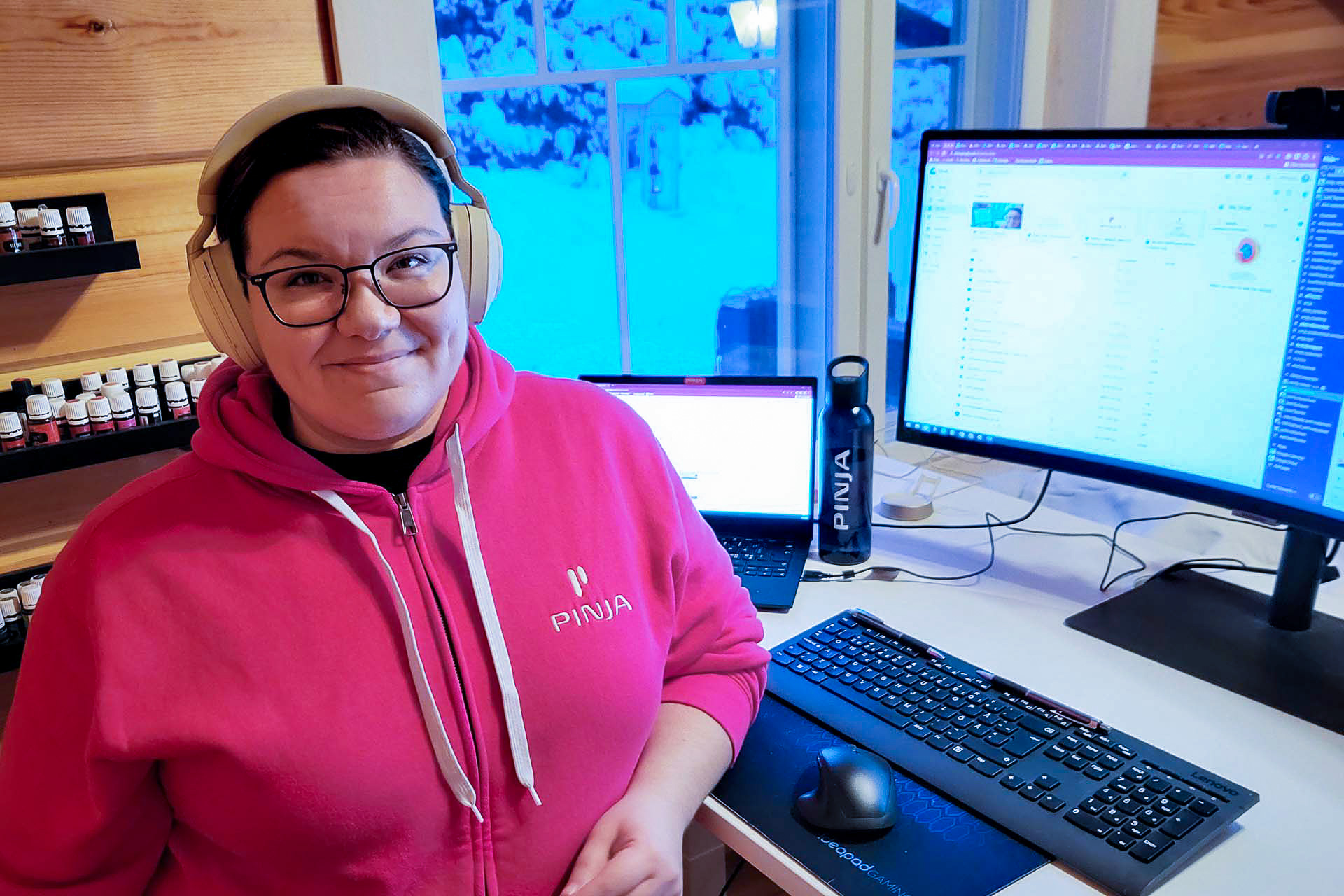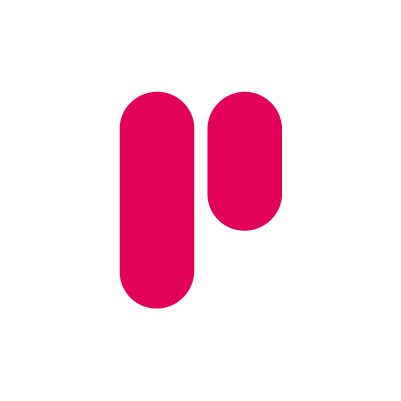
Projects related to medical devices are a special entity of Pinja’s diverse software development projects. The software development of these projects must take into account, among other things, the EU MDR regulation, which focuses on quality assurance of both the device and the associated software. In these tasks, software development professionals can also contribute to patient safety and quality of care.
Quality Engineer Mette Vainio is one of the Pinja employees whose job description is closely affected by the EU-wide Medical Device Regulation (MDR). Together with Quality Manager Juha Sippola, Mette maintains and develops Pinja’s quality system.
- The MDR requires that a medical device manufacturer has a quality system in place, and the easiest way to verify that the system is adequate in scope and quality is through certification. For medical devices, the ISO 13485 standard applies, which in turn requires the device manufacturer to periodically assess the compliance of its suppliers, Mette explains.
Pinjans working on projects for clients manufacturing medical devices must have sufficient knowledge of the regulation, not only to obtain certification, but also to provide good customer service. Software development processes, projects and quality assurance are more straightforward when the boundary conditions of the work are known in advance by both parties.
Helping save lives
Patient safety is an essential part of MDR, as risk management and quality assurance are of paramount importance in the development of medical devices. Quality assurance must also be started from the very beginning of the process and carefully documented so that it can stand up to later scrutiny if necessary.
- Compared to a conventional software development project, documentation is more extensive and controlled in projects governed by regulation. The number of reviews is also higher for a manufacturer’s device to be approved as a medical device in the first place. In addition, the documentation must be in chronological order, and cannot be completed retrospectively, Mette explains.
Mette describes the process as a whole as above all controlled and planned. For example, if new features are added to a medical device or the related software along the way, they must first be defined and then verified. The risks involved are also assessed – both in the event that the planned change is implemented and in the event that it is not.
The Agile, Lean and Scrum methodologies familiar to many software developers can also be applied to projects governed by the MDR, but always with specific attention to the requirements of MDR and ISO 13485. This way, they also provide a good framework for projects governed by the MDR.
- The MDR is undeniably rigid, and it adds to the documentation burden. It is therefore important to understand why it is needed. The regulation applies widely to a range of devices used for medical or diagnostic purposes. These include pacemakers and other devices and applications that perform algorithmic diagnostics. That’s why all of us working on projects governed by the regulation are also playing our part in saving lives, Mette says.
One project with a client was the Evondos® medication administration service system, where the joint development by Evondos and Pinja radically reduced the number of medication errors. The Evondos® automatic medicine dispenser tells the user by speech, light and sound signals, or, if necessary, by a phone call, when to take the medicines, which are automatically dispensed in the bags. Customers have praised the product for its ease of use and its role in making everyday life easier. For a software designer, the project felt meaningful in many ways – even coding can save lives.
Quality assurance is continuous, meaningful work
Mette Vainio’s own background is in manufacturing industry, and her background includes engineering, computer science, and embedded systems. After a varied career in the manufacturing industry, she wanted to return to the software side, and found something new in medical devices.
Pinjans working on projects for clients manufacturing medical devices must have sufficient knowledge of the regulation, not only to obtain certification, but also to provide good customer service.
- I sent an open application to Pinja, telling them about my background and my interest in returning to the software industry. I was invited for an interview and was selected because Pinja needed my expertise in quality systems. Besides quality assurance, I am currently performing other tasks as well, including testing, Mette says.
Mette was no stranger to medical devices when she started working as a Quality Engineer at Pinja in mid-August 2022, but she has also acquired additional knowledge through training. In addition, expertise related to medical devices and regulations is maintained and developed throughout Pinja, for example by participating in the activities of HealthTech Finland ry. Among other things, the association organizes workshops to discuss issues related to the regulation and medical devices.
- The association is made up of a wide range of experts and disciplines, and workgroups are organized for a diverse range of parties with slightly different perspectives. Equipment manufacturers, distributors and suppliers from the industry are involved, among others, Mette says.
In addition to the regulation, the latest information is also available on various mailing lists, including the EU Commission’s mailing list on the subject. In addition, there are many guidelines and other materials available around the MDR to help with interpretation, including documents published by the Medical Device Coordination Group (MDCG).
- Needless to say, we will always help clients with MDR issues if necessary, but they are usually very much aware of the regulation, as being the manufacturer, they have to take the ultimate responsibility. However, we are not only an effective resource for clients, but also a consultant who can help with more technical and programming-related matters, says Mette.
Join a work community where you can do meaningful work, and follow and share the latest knowledge in your field. We are currently looking for experienced software developers and data warehouse specialists, among others – see also all our vacancies.
Read more:
Pinja is a pioneer in the digitalization of wellbeing and health technology in Finland
Coding that saves lives – Development of the Evondos® service improves patient safety
Medical Software Development according to Medical Device Regulation (MDR) – part 1: Software qualification and classification
Medical software development according to Medical Device Regulation (MDR) – part 2: Conformity assessment route, software modules and impact of changes
Medical Software Development according to Medical Device Regulation (MDR) – part 3: Quality management system
Medical software development according to Medical Device Regulation (MDR) – part 4: Medical device software lifecycle processes
Back to the Pinja Blog
Categories
- Career at Pinja (68)
- Manufacturing (48)
- Knowledge Management (45)
- Production Development (44)
- Software Partnership & Tools (42)
- Sustainability (37)
- Wood and Forestry (37)
- Bioenergy and Recycling (27)
- IT Support and Outsourcing (24)
- Ecommerce (23)
- Maintenance (22)
- Artificial Intelligence and Machine Learning (15)
- Public Services (9)
- Compliance (1)
